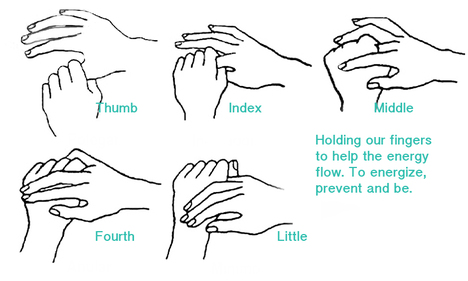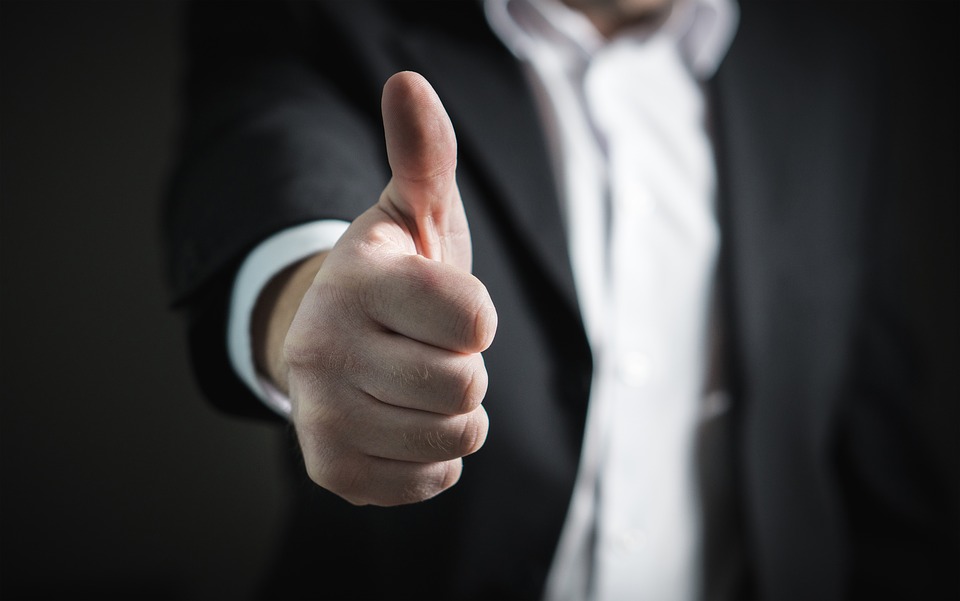Our bodies are so complex that a lot of researchers and scientists feel like everything is interconnected. Although most of that is true, there are things and features in our bodies we aren’t aware of. As a matter of fact, our bodies have many functions, connections, and relations that you’ll be shocked once you become aware of them. Ancient Chinese and Japanese culture have their separate and different styles in treatment. The Jin Shin Jyutsu is one Japanese healing technique which helps restore emotional and physiological balance in our systems.
Read: Why Your Butt Sometimes Hurts During Your Period
What is the Jin Shin Jyutsu?
If you know acupuncture, then you should get this fine as well. Although the two (2) practices are completely different from each other, they have similarities which will definitely astound you. The Jin Shin Jyutsu is a Japanese art focusing on the revitalization of the energy of our bodies.
The practice started way back and was just revived by Master Jiro Murai in Japan in the early 1900’s. Master Jiro had a life-threatening disease and he was able to overcome that using the Japanese healing technique. When he found out about this, he devoted his life to the improvement of his skill.

He did tons of research and information from people who knew about it. Experiences, information, and the practice itself were what he was looking for. After he mastered the art, he passed on his knowledge to Mary Burmeister who spread the word in the West, specifically in the United States. ‘
Today, thousands of people are following and practicing the Japanese healing technique of Jin Shin Jyutsu. Not only does it help a ton of people, but it also practices everyone’s mind to be calm, firm, and free from distress.
How many sessions do we need for the Japanese healing technique to take effect?
According to ancient belief, each of our fingers is connected to at least two (2) organs in our bodies. So, the Jin Shin Jyutsu is the art where we are going to extract our bodies’ energies to each organ. What this does is it focuses on the improvement of the functionality of the organ.
No sessions are needed. In fact, you can do it in the comfort of your own home! Moreover, you can do it by yourself. You just have to know which particular organ is connected to which finger and you can go from there. Massage the finger for about three (3) to five (5) minutes regularly. You can exceed and go up to ten (10) minutes if you wish to.
Read: Are you Washing your Hands the Right Way?
To perform the Japanese healing technique, you need to take one hand and have that as your canvass. Whichever finger you need to massage, massage them gently with, of course, proper, slow, and relaxed breathing.
Which organs are linked to the fingers?
It is imperative for us to know which one we need to massage. By knowing which finger is connected to what organ specifically, you can focus massaging on that finger for the most efficient way of healing a certain organ in the body. However, taking time to massage all of your hand at once is actually a part of the procedure. But, by focusing on which organ needs attention, you can maximize the healing capabilities.
So, which organs are connected to our fingers?
We have five (5) fingers; the left or the right doesn’t necessarily matter. As long as we target the finger connected to the organ is fine.
Little finger (pinky finger)

The smallest of our fingers would be the pinky finger. As small as it may seem, it actually holds an important part our bodies.
- The pinky finger is co-related to our small intestine and our heart
- Common physical symptoms would be: throat pain, heart diseases, and bone pain/bone issues
- Self-confidence, being worrisome, and nervousness can be improved by gently massaging on the pinky for three (3) to five (5) minutes.
Read: Warning Signs that Tell You to Drink More Water
Ring finger

It’s named the ring finger because, in most cultures and traditions, it is where the ring is worn when people get married. Aside from its image of being the “ring finger,” it also actually has more crucial roles.
- The ring finger is linked to the health of our large intestine and the lungs
- Common physical symptoms would be: Indigestion and other digestion issues, skin diseases, respiratory problems, and asthma.
- Negativity, sadness, fear, and being anxious can somehow be lessened and treated with a gentle massage of the ring finger.
Long finger or tail finger (Middle finger)
Probably the most controversial among the finger family, the middle finger has been used to be an obscene gesture to people. For years now, it is dubbed as the hand sign of the “F” word to people. However, hidden beneath that, the middle finger actually is also connected to other organs in our bodies and we should never neglect it.
- The long finger is connected to the status of both our liver and gallbladder.
- Common physical symptoms would include: circulatory problems, fatigue, the feeling of always being drained, migraine, frontal headaches, menstrual problems, and frequent dizziness.
- The emotions that are affected would be the feeling of always being irritated, rage, and indecisiveness.
Forefinger (Index finger)

The forefinger or the index finger is known to be used for pointing. For centuries now, the index finger has been used a simple gesture to make other people notice something. Who knew that this is actually a medium for a Japanese healing technique?
- The index finger is connected to the kidney and the urinary bladder.
- Common physical symptoms would be: a toothache, digestion issues, back pain, and constant muscle pain.
- Emotions that can be caused by organ problems would be: Disappointment, confusion, and irritability.
Read: How Farts are Connected to Our Health
The thumb

Considered to be the first digit of the hand, the thumb is the thickest of all five (5) fingers. More importantly, the thumb is the one who holds the most purpose in the functionality of the hand. Meaning, without the thumb, you won’t be able to execute daily routines properly.
- The thumb has a correlation to the spleen and the stomach.
- Common physical symptoms would be: random stomach pain, nervousness, constant headaches, and skin issues.
- Depression and anxiety are the emotional triggers which can be calmed by massaging the thumb.
What can I do with all these information?
Now that you know which organ is connected to each finger, you can start by diagnosing yourself. Which emotion do you feel? Which physical symptom is common for you? Once you know those, you can then start massaging a finger, focusing on that finger for three (3) to five (5) minutes, before massaging the whole of your hand.
Read: Study Reveals that Our Lips can Say Something About Our Personality
By doing this with relaxed and controlled breathing, you are allowing the energy of your body to help you relieve tension and stress in those organs THROUGH your fingers.
This is an effective Japanese healing technique you can utilize without medication. However, if you feel like your symptoms are something more serious, talking to a physician should be the first thing you must do.


